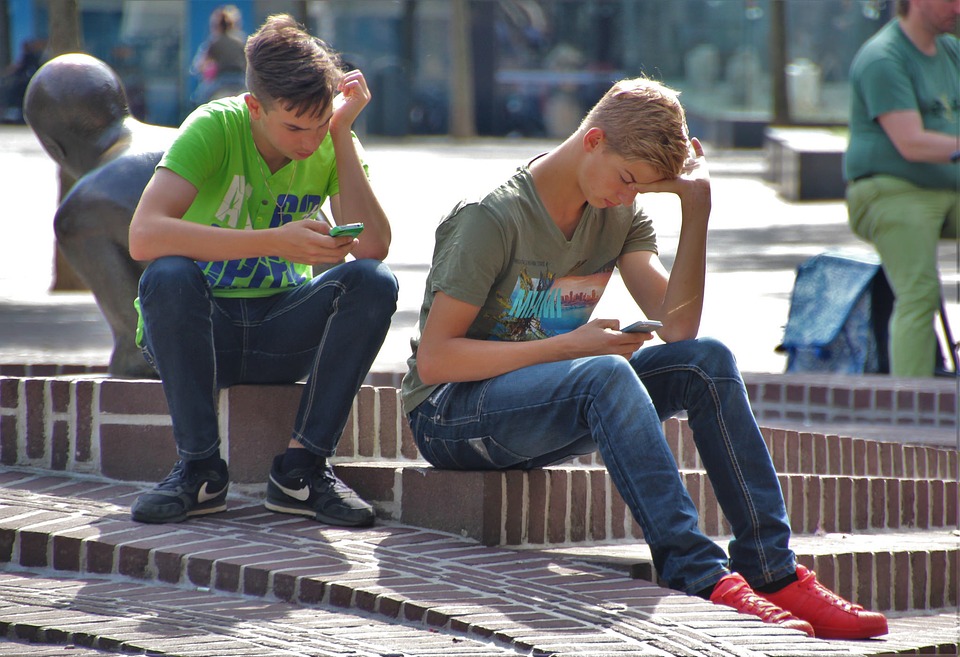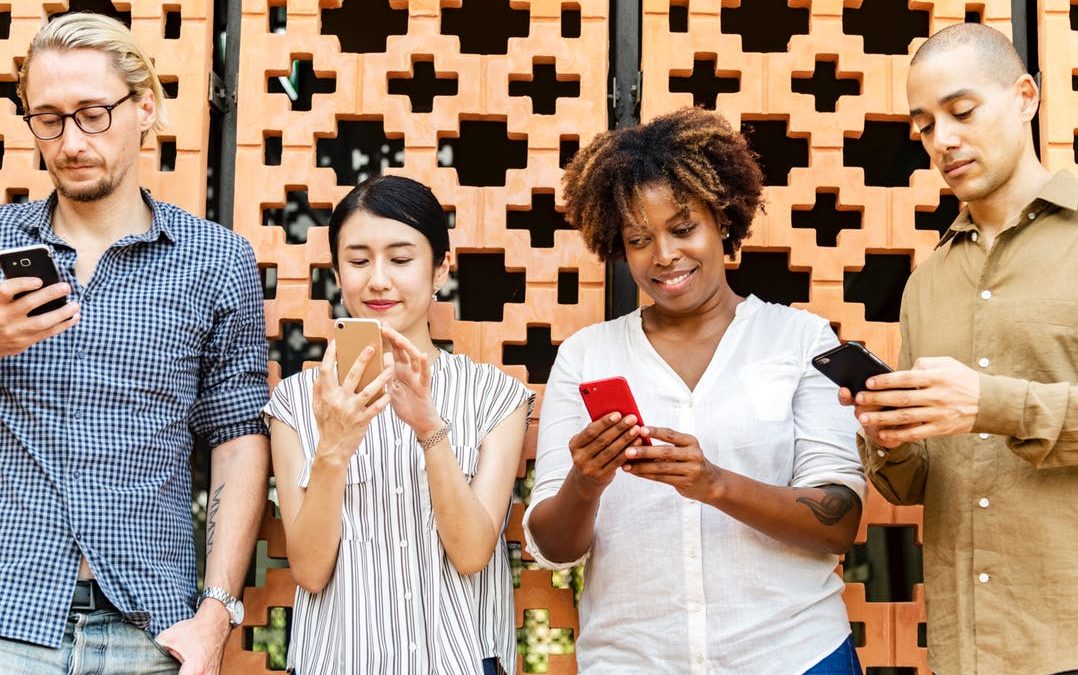Have you ever asked yourself, “What did we do before the smartphone?” In our increasingly technology-driven world, it’s not unusual to see people take their phones with them everywhere, including the bathroom.
For most of us, we’ve seen the rise of the cell phone, flip phone, and many versions of the iPhone. It can be hard to remember a time we didn’t have the security of our devices, and we can picture all the situations in which having our phone would be essential – someone is injured, our car gets a flat tire, the doctor is going to call… The list goes on and on. In addition to becoming more dependent on mobile technology, we also enjoy the convenience of having it on hand during all our waking hours.
This isn’t just a coincidence. Tristan Harris, a former product philosopher at Google and founder of the Time Well Spent initiative, acknowledges that programmers’ goals are to make you spend more time on your phone and entice you to open apps. In his blog post How Technology Hijacks People’s Mind – from a Magician and Google’s Design Ethicist, he outlines 10 strategies designers use to keep us engaged. (We’ve included a link to his blog at the bottom of this post.)
Because games like Candy Crush and “likes” on Facebook generate a dopamine rush, the activation of a brain chemical in the “pleasure center” of our brains, scientists have been studying the potential for addiction to technology.

Just like the rats in behavioral psychologist B.F. Skinner’s famous experiments, humans enjoy being surprised with positive rewards, such as “likes” on a Facebook status or flashing lights and praise on Candy Crush. Because the positive feedback (dopamine rush) we receive through social media apps and games is not on a predictable schedule, we check back often. This behavior is randomly reinforced, like gambling, causing us to repeatedly check our phones. We’re banking on the belief that, eventually, it’ll have to pay off in the form of another rush – more likes, more comments, more levels unlocked.
Psychologist Michael Zeiler ran a similar experiment with pigeons. The birds were twice as likely to keep pecking at buttons that occasionally gave food than the buttons that always gave food. More dopamine was released when the outcome was a surprise.
It can be tempting to brush this off, assuming we’re smarter than rats and pigeons. However, Marc Potenza, a psychiatrist at Yale and director of Yale’s Program for Research on Impulsivity and Impulse Control Disorders, studies digital addiction*. Ten years of research demonstrates that excessive usage, withdrawal, and tolerance regarding technology are comparable to how the brain reacts to gambling and drug use.
As Robert Taibbi, L.C.S.W., explains in Psychology Today, “The brain early on lays down neurological tracks that link particular emotions with particular content or situations,” such as anxiety with food (stress eating) or boredom with picking up the nearest device. Known as the Hebbian law, “neurons that fire together wire together”. When we get bored and turn to our screens, we’re helping lay down these “neurological tracks”, and using these tracks often can create a rut, or habit, that our brain accepts as an appropriate response to the initial feeling.
The good news is we can change these tracks, but it takes awareness and conscious effort. Taibii says, “If unhealthy addictive behaviors are paired with boredom, untangle and experiment with re-pairing boredom with more positive antidotes like exercise or simply planning ahead for potentially known down-times.” By having a list of other options – taking a quick walk, making plans or partaking in a hobby, taking a mindfulness break, stretching – and using it, we can link the feeling of boredom with more productive, screen-free activities.

Another challenge of putting our devices down is that we exhaust our daily amount of willpower as we make decisions throughout the day. Dr. Epel, a professor at University of California San Francisco’s Department of Psychiatry, says in her TEDx Talk The Illusion of Control, “We have limited control because our self-control, our willpower, is a finite resource. It gets worn out. We’re vulnerable to our environment.”
Because of this, setting norms and creating supportive environments can be an effective strategy. This might mean putting devices “to bed” at a certain time or having a basket for devices so family mealtimes are a screen free.
Additionally, making time for stress relieving activities can help. “Stress is a huge factor,” Epel says. “Our ability to inhibit unwanted behavior is right there in the prefrontal cortex area, and that prefrontal cortex area is shut off during stress. Stress and reward, that pleasure center, are best friends. They’re interconnected. When we’re highly stressed, we’re stimulating our reward system and we want immediate relief.”
Putting our phones down to have a mindful moment, play with pets or children, partake in a hobby or get some exercise can help us relieve stress, enabling our prefrontal cortex to come back “online”. This can help us stick to our resolutions of limiting screen time.
Behavioral addictions, which are classified differently than addictions to substances such as alcohol, still cause urges and cravings. Just like substance addiction, they light up the pleasure center of the brain through dopamine release. Epel says, “We have limited capacity for conscious control. If we can accept this, admit this, and be honest, we can think of more creative solutions to shape our environment to help us gain more control and have more effective solutions.”
Ready to modify your screen time? Stay tuned for Part 2, which will discuss simple strategies you can use to put your screens down.
*At this time, “digital addiction” or “technology addiction” is recognized in Japan and several other countries. It has not been officially added to the DSM and is not recognized as a disorder in the United States. However, science and research have established that gaming and use of technology do change the brain in a similar way to other addictions.
Sources and Related Reading:
How Technology Hijacks People’s Mind – from a Magician and Google’s Design Ethicist – Tristan Harris
The Illusion of Control: Human Behavior and Donuts – TEDx Talk, Dr. Epel
Wire Together Fire Together: Time to Make New Connections? – Psychology Today
How Technology Gets Us Hooked – The Guardian
Is Internet Addiction a Real Thing? – The New Yorker
The Binge Breaker – The Atlantic
Operant Conditioning – Simply Psychology

